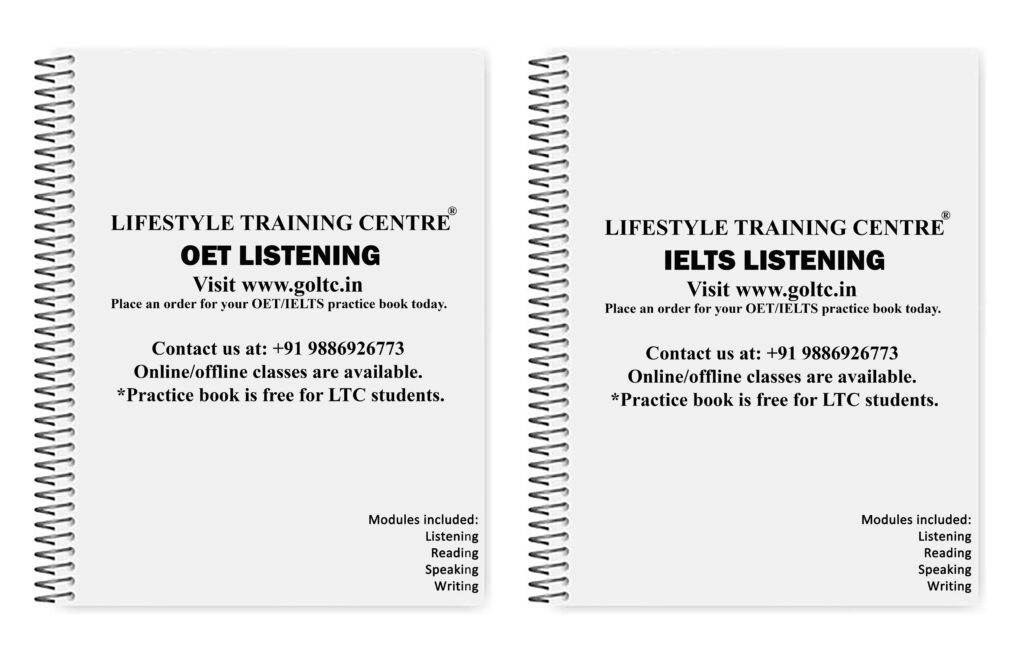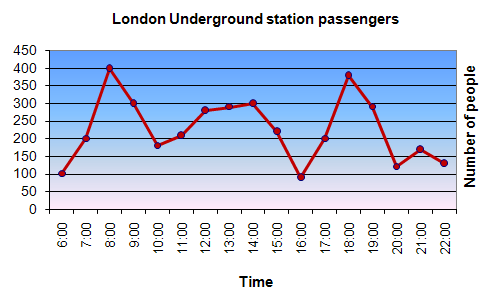1. A
2. G
3. D
4. E
5. B
6. CREATIVE
7. QUIET AND DREAMY
8. UNUSUAL WAYS
9. SUICIDE
10. D
11. C
12. C
13. B
14. II
15. I
16. VI
17. VIII
18. IV
19. YES
20. NOT GIVEN
21. YES
22. NO
23. D
24. F
25. A
26. E
27. H
28. A
29. F
30. C
31. 6
32. PRIVACY ISSUES
33. PERSONAL COMFORT
34. (UNIQUE) CHARACTERISTICS
35. A
36. E
37. F
38. K
39. C
40. J
ADHD IELTS READINGDo you need printed IELTS/ OET practice material? Place your order today. Available now for just Rs: 1,100 (including shipping all across India) Contact us at our WhatsApp number: +91 9886926773 to place your order. (Free for LTC students)

We hope this information has been valuable to you. If so, please consider a monetary donation to Lifestyle Training Centre via UPI. Your support is greatly appreciated.

Would you like to undergo training for OET, PTE, IELTS, Duolingo, Phonetics, or Spoken English with us? Kindly contact us now!
📱 Call/WhatsApp/Text: +91 9886926773
📧 Email: [email protected]
Visit us in person by following the directions on Google Maps. We look forward to welcoming you to the Lifestyle Training Centre.
Follow Lifestyle Training Centre on social media:
Thank you very much!

